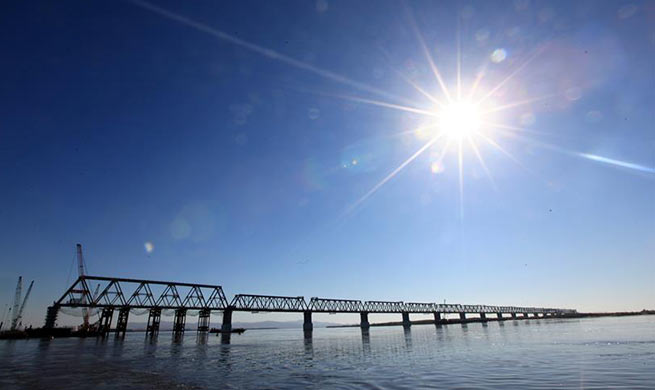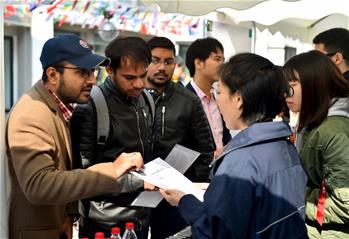CANBERRA, Oct. 15 (Xinhua) -- Infrastructure in Australia's capital cities is "no longer coping" with congestion, the nation's peak motoring body has warned.
Australia's first-ever congestion benchmarking report, published by the Australian Automobile Association (AAA) on Monday, found that average driving speed in all but one of Australia's capital cities have fallen since 2013.
The AAA used mapping and location data to monitor congestion in the capital cities of Australia's six states and two territories, finding that Darwin, Australia's smallest capital city, was the only city where the average driving speed did not fall.
The slow-down was most dramatic in Melbourne, the nation's fastest-growing capital city, where average speeds dropped 8.2 percent between January 2013 and June 2018.
"No-one benefits from congestion and everyone pays. But if we are to develop effective solutions, we first need a strong understanding of the problem and how and where it's changing," Michael Bradley, chief executive of the AAA, said in a media release on Monday.
"This report confirms what most people living in our major cities know all too well. But we hope it also help stimulate discussion and problem-solving so that Australia can develop smart measures to address our worsening congestion.
"There is no quick fix but more of the same is not the answer, given our tax system contains well-known problems and the federal budget has the proportion of taxes being reinvested into infrastructure forecast to decline significantly in the next three years."
According to the report, an average five-km trip in Melbourne would take 24.4 seconds longer in 2018 than it did in 2013.
Average speed on airport routes in the major cities decreased 6.1 percent on average since 2013 with Melbourne once again the worst hit.













